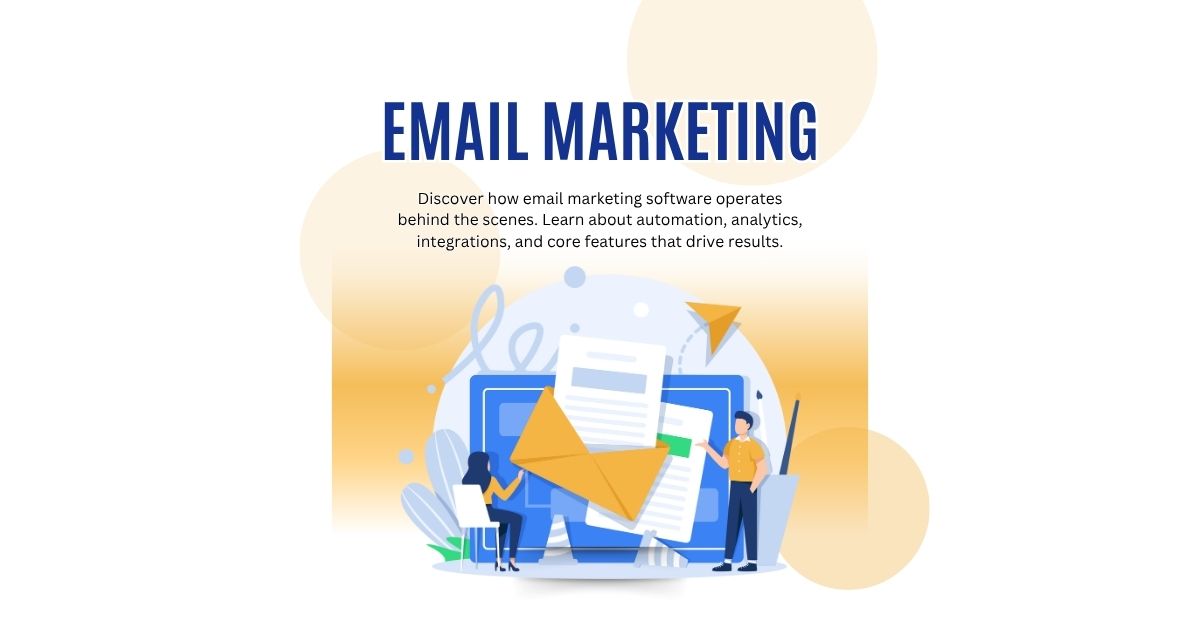
Email marketing remains one of the most effective digital marketing channels, delivering an average return of $42 for every dollar spent. Yet many businesses struggle to understand how email marketing software actually functions behind the scenes. Whether you’re a small business owner looking to grow your customer base or a marketing professional wanting to optimize your campaigns, understanding the mechanics of email marketing platforms can transform your approach to customer communication.
This guide breaks down exactly how email marketing software works, from the moment you upload your first contact to the detailed analytics that help you refine your strategy. You’ll discover the core components that power these platforms, learn about automation capabilities, and understand how to leverage advanced features for maximum impact.
Core Components of Email Marketing Software
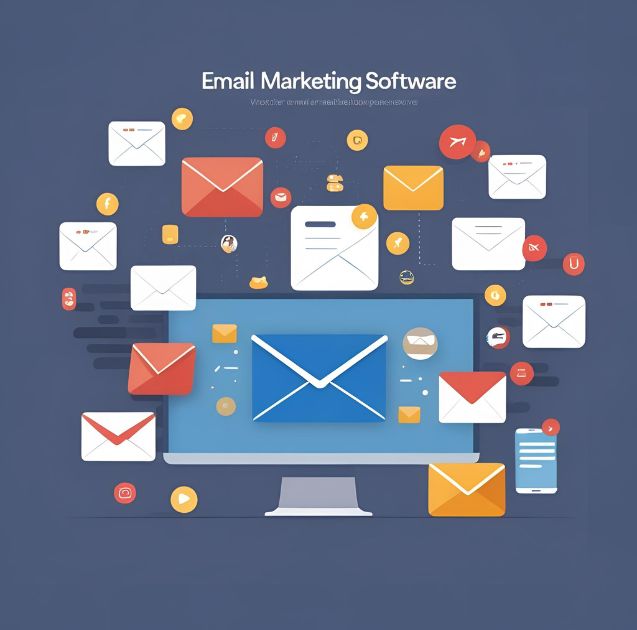
Email marketing platforms operate on several fundamental systems that work together to deliver your messages effectively and efficiently.
Contact Management System
The foundation of any email marketing platform is its contact management system. This database stores subscriber information, including email addresses, names, demographics, and behavioral data. Advanced systems segment contacts automatically based on engagement patterns, purchase history, and custom fields you define.
Modern platforms use cloud-based databases that can scale to accommodate millions of contacts while maintaining fast query speeds. When you upload a CSV file or integrate with your CRM, the software validates email addresses, removes duplicates, and organizes contacts into manageable lists.
Email Creation Tools
Most platforms provide drag-and-drop editors that generate HTML code automatically. These tools include pre-designed templates, customizable blocks, and responsive design features that ensure emails display correctly across devices.
The software converts your visual design into clean HTML and CSS code, handling complex formatting that would otherwise require technical expertise. Many platforms also offer A/B testing functionality, allowing you to create multiple versions of the same email to test different subject lines, images, or call-to-action buttons.
Delivery Infrastructure
Email marketing software connects to a sophisticated sending infrastructure designed to maximize deliverability rates. This includes multiple IP addresses, relationships with internet service providers, and compliance monitoring systems.
The platform manages technical requirements like SPF records, DKIM authentication, and bounce handling automatically. When you hit send, your email is processed through spam filters, scheduled for optimal delivery times, and sent through the most appropriate IP address based on your sender reputation.
Automation and Workflow Systems
Email automation represents one of the most powerful features of modern email marketing software. These systems respond to subscriber actions or predetermined triggers without manual intervention.
Trigger-Based Campaigns
Automation workflows begin with specific triggers such as newsletter signups, purchase completions, or website visits. The software monitors these events in real-time, automatically adding subscribers to relevant email sequences.
For example, when someone abandons their shopping cart, the platform detects this behavior through integration with your e-commerce system and immediately begins a recovery email sequence. This happens instantly, regardless of whether you’re actively managing your campaigns.
Behavioral Tracking
Email marketing platforms track subscriber interactions across multiple touchpoints. They monitor email opens, clicks, website visits, and purchase behavior to build comprehensive subscriber profiles.
This data feeds back into the automation system, allowing for dynamic content personalization and sophisticated segmentation. Subscribers who consistently engage with product-focused emails might automatically receive more promotional content, while those who prefer educational content get shifted into nurture sequences.
Drip Campaigns
Drip campaigns deliver pre-written emails at specified intervals, nurturing leads through extended sales cycles. The software manages scheduling, personalization, and exit conditions automatically.
Advanced platforms adjust sending frequency based on engagement levels, pause campaigns for inactive subscribers, and resume sequences when engagement resumes. This dynamic approach prevents over-mailing while maintaining consistent communication with active subscribers.
Data Analytics and Reporting

Email marketing software continuously collects performance data, transforming raw metrics into actionable insights for campaign optimization.
Real-Time Performance Tracking
Modern platforms provide real-time reporting on key metrics, including open rates, click-through rates, bounce rates, and unsubscribe rates. This data updates continuously as subscribers interact with your emails.
The software correlates this data with subscriber characteristics, identifying patterns that inform future campaign strategies. You might discover that emails sent on Tuesday mornings generate higher engagement rates, or that certain subject line formats consistently outperform others.
Revenue Attribution
Advanced email marketing platforms integrate with e-commerce systems to track revenue generated by specific campaigns. This attribution modeling shows exactly how much income each email produces, enabling precise ROI calculations.
The software follows the customer journey from email click to purchase completion, even accounting for multi-touch interactions where subscribers receive multiple emails before converting. This comprehensive tracking helps you understand which campaigns drive the most valuable customer actions.
Predictive Analytics
Sophisticated platforms use machine learning algorithms to predict subscriber behavior and optimize campaign performance automatically. These systems analyze historical data to forecast optimal sending times, predict churn probability, and recommend content personalization strategies.
Some platforms automatically adjust sending frequency for individual subscribers based on their predicted engagement likelihood, maximizing overall campaign performance without manual intervention.
Integration Capabilities
Email marketing software rarely operates in isolation. Instead, these platforms connect with your existing business systems through APIs and native integrations.
CRM Integration
Customer relationship management systems sync bidirectionally with email marketing platforms, ensuring subscriber data remains consistent across both systems. When a lead changes status in your CRM, the email platform automatically adjusts their email sequence accordingly.
This integration enables sophisticated lead scoring, where email engagement data influences CRM lead ratings and vice versa. Sales teams gain visibility into prospect email interactions, while marketing teams can trigger campaigns based on CRM events.
E-commerce Platform Connections
Email marketing software integrates deeply with popular e-commerce platforms like Shopify, WooCommerce, and Magento. These connections enable product recommendation emails, abandoned cart recovery, and post-purchase follow-up sequences.
The software automatically imports product catalogs, customer purchase history, and inventory levels to create dynamic, personalized email content. When inventory runs low, automated emails can shift focus to available products without manual updates.
Social Media and Advertising Platforms
Many email platforms sync with social media advertising systems, creating unified customer profiles across channels. Subscribers who engage highly with emails might be excluded from expensive paid advertising campaigns, while non-engagers could be retargeted through social ads.
This cross-channel integration optimizes marketing spend by directing budget toward the most effective channels for each customer segment.
Getting Started With Email Marketing Software
Understanding how email marketing software works empowers you to make better platform choices and maximize your campaign effectiveness. The key lies in selecting software that aligns with your business complexity and growth plans.
Start by evaluating your contact management needs, automation requirements, and integration preferences. Most platforms offer free trials that let you test core functionality before committing to a subscription.
Remember that email marketing software is only as effective as the strategy behind it. Focus on building quality subscriber lists, creating valuable content, and continuously testing your approach. The sophisticated technology powering these platforms gives you incredible capabilities, but success ultimately depends on understanding your audience and delivering content they genuinely want to receive.
Meta data
Meta title
How Email Marketing Software Works: Complete Guide
Meta description
Discover how email marketing software operates behind the scenes. Learn about automation, analytics, integrations, and core features that drive results.















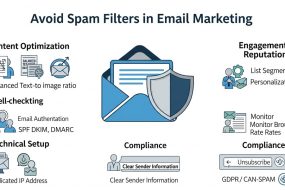
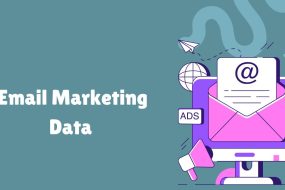
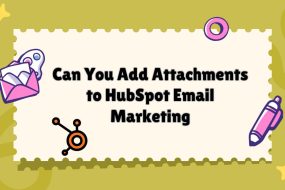
No Comments